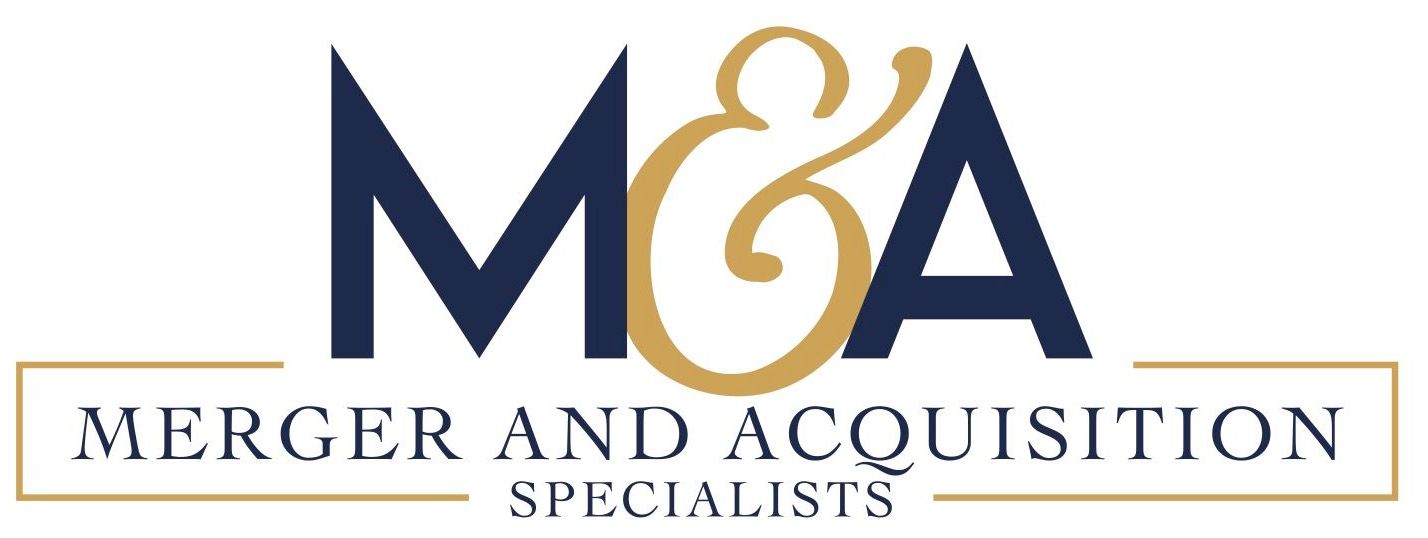Strategies for Effective Negotiations in the Sale of a Business
Learn to play chess, not checkers.
One of the central components to any deal involves the art of negotiation. By definition, a negotiation is a discussion aimed at reaching an agreement. Author of The Art of War, Sun Tzu famously had much to say about negotiation. Three elements in particular stand out:
- Those skilled in war subdue the enemy’s army without battle.
- Know the enemy and know yourself.
- Keep him under a strain and wear him out.
Negotiating the sale of a business does not have to be combative. While discussions can certainly become heated and passionate, the negotiation itself does not have to be combative. If it is, so be it. Deals still get done.
But, per Sun Tzu, the best way to win is without fighting.
Subdue Without Battle
This applies to the art of getting your price without any resistance from the buyer. This may not be full price—although that is even better. But perhaps your value was 90% of the asking price. Getting that value without resistance is an art and requires a strategic approach.
This approach starts at the very beginning: valuing the business. After thorough research, preferably by a third party and NOT the seller, a range of values will surface. These values will be based on the cashflow and revenues of the business. (Very few businesses are priced by the book value of the hard assets.) Revenue is vanity, profit is sanity—but cash is king.
Strategically speaking, it’s okay to put the business at the high-end of what the market says it is worth, especially with an upwards trending business that has hefty cash flows and great margins. It may even be acceptable to price slightly outside of the market if projections are looking good and debt service can be covered. But pricing a business way beyond norms will not attract buyers.
The point is to be strategic in one’s pricing, which starts by using the correct value components, and then comparing with industry metrics and norms. Having a value backed by hard data is critical to winning the argument. And value is always a solid argument.
With a business significantly higher than market value, negotiations between buyer and seller are often doomed, as the gap is too far to bridge. Buyers simply see the cash flow and price, then move on.
That type of deal never had a chance to begin with. Strategic negotiations can only occur with an actual negotiation. Sellers can help get buyers interested, and help themselves for future negotiations, by being data driven with their value.
Let me be very clear: This does not mean low-balling the business or setting the bar too low.
With big cash flows and nice margins, set the value on the high-end of the market—maybe even a bit too high if projections look good. But leave emotions out of it and be data driven.
Understand what elements the market uses to gauge value. This puts you in control.
Know the Enemy and Know Yourself
In the process of selling a business, the “enemy” is often the lender—not literally, of course, but certainly one of the main factors that must be overcome. Loans can be difficult to obtain and the underwriting process can be frustrating and lengthy.
The buyer is certainly an adversary in negotiations, but not the enemy. While interests may differ, the end objective of both is for the business to change ownership.
Keep the main thing the main thing. The main thing is selling the business, and selling the business requires financing.
Know thy enemy
One of the main factors sellers often overlook in valuing the business is the debt service which will be required for a buyer. This is an added expense for the buyer, so it's understandable that owners do not consider it. However, debt service is a factor in all valuations. In fact, the number one reason for buyer/seller valuation misalignment is because sellers often do not understand how financing and debt service affects valuation.
When one knows how the business will be financed, and what the debt service will likely be, then that knowledge can help strategically place the business in a comfortable range of value which can be supported, justified and argued for in future negotiations. Play chess—not checkers. Know thy enemy.
Know thyself
Full disclosure: I am not a certified business analyst, nor do I value businesses for a living. Neither am I, nor is my firm, FINRA-certified. I help people and companies, sell, merge and acquire businesses. I sell businesses. Banks do not care what I say about value because my interests lie with the seller; I am not considered an arm’s length third party.
But I operate with value on a daily basis and know what constitutes value when it comes to a business. In 99% of situations, cash flow and/or revenues drive value. Cash is king. When a seller understands this key principle of valuation, then they can accurately and strategically look at values for their business.
Additionally, they can look at ways to increase their cash flow and revenues, which will increase the value of their business. There is most certainly a strategy to valuing a business that takes into account that which matters most: cash flow, debt service and owner benefit.
Keep Them Under a Strain and Wear Them Down
Operate in good faith with any buyer prospect. Do not fudge numbers or misrepresent facts and conditions. Being transparent and answering questions honestly will go a long way in establishing good rapport, and that can play a role when it comes time for a buyer to make an offer.
But this is very much a game of wits. You’ve taken all the right steps mentioned above; now it's time to strategically play your hand of cards. Keep your cards close to your vest.
If the buyer is asking about terms but has not written an offer, do not agree to anything. Put the onus back on them. For example, if a buyer asks a seller, “Are you interested in owner financing? If so, how much?” A good response is: “It depends on the offer.”
Another common question from buyers is: “How much would you take?” Deflecting back, ask “How much will you offer?”
Or, to be coy: “What I asked for it.”
In these types of conversations, be intentionally coy and deflect back to the buyer. Answer questions with questions. You have listed the business at an asking price, you have the data to support it, you have shown your value. Now, force the buyer to put forth their price on a signed offer to purchase. Put the pressure on them. Put the strain on the buyer to think about a fair offer.
Don’t write the offer for them by answering seemingly innocent questions that end up crafting their offer terms. A signed offer is the only justification to discuss value and/or terms.
Final Thoughts
DO NOT BE AFRAID TO COUNTER! Present yourself as being flexible and open to any deal structure, even if you are not. Cast a wide net with buyers.
Don’t always play defense, but play offense by countering the buyer’s offer with terms that more closely match yours. This is a one-time event, so do not be afraid to speak your mind to potential buyers.
Be aggressive with what you want. All the buyer can say is no, and then you can work towards a compromise.
Be clear in what you mean. Mean what you say and say what you mean with buyers during the actual negotiations. Miscommunication between seller and buyer can unnecessarily spoil a deal.
Don’t be afraid to walk away. If you’ve never listened to Kenny Rogers’ “The Gambler,” then you should. Listen closely.
If you have a representative, clearly communicate your wishes to them, and then let them do their job and negotiate on your behalf.
Keep the main thing the main thing. Selling the business is the main thing. Do not get distracted by the noise. Stay focused on the signal.
Good luck!
SR. BROKER, MERGER & ACQUISITION SPECIALISTS











Share On: